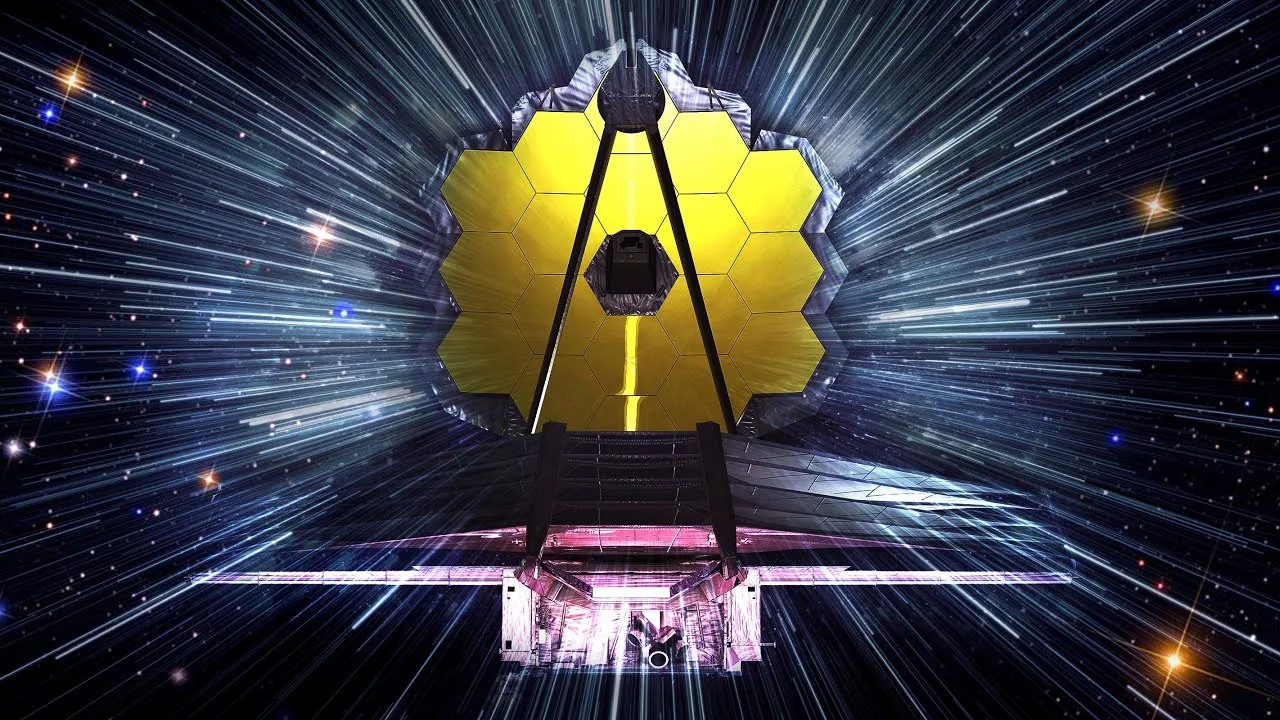The more technologically complex the device is, the greater the likelihood of failures. Even the most expensive instrument, the James Webb Space Telescope worth USD 10 billion, is not immune from malfunctions.

In autumn, JWST already had a failure that prevented it from observing the Universe for some time. Then the problem was solved, but on January 15, a communication delay occurred inside the Near Infrared Imager and Slitless Spectrograph (NIRISS) spacecraft on board James Webb, which caused a software failure, NASA reported. Therefore, NIRISS cannot be used for scientific research, the statement says.
“The failure does not pose a threat to the hardware, in general, the observatory and other instruments are in good condition. But the planned scientific observations will be postponed,” NASA representatives wrote.
NIRISS multitasking device
NIRISS is a contribution of the Canadian Space Agency (CSA). Therefore, to solve the problem, NASA is working closely with the CSA. Under normal conditions, NIRISS can operate in four different modes.
The device is able to work as a camera when other JWST instruments are busy, analyze light signatures to study the atmospheres of small exoplanets, create high-contrast images, and also has a special mode designed to search for distant galaxies.
Not the first failure
NIRISS is not the first device on JWST to encounter problems. In August, the lattice wheel inside the observatory’s infrared instrument (MIRI) began to deteriorate due to friction. The wheel is only used in one of the four observation modes, so the staff has suspended these observations while continuing the MIRI operation in the other three modes. By November, engineers had identified the cause of the problem and began to develop guidelines for its safe use.
In addition, in December, the observatory suffered from a malfunction for two weeks, due to which the telescope repeatedly switched to safe mode, interrupting scientific observations. Engineers found the problem — it was a software failure in the orientation control system of the observatory responsible for the direction of the spacecraft. According to a NASA statement, the observatory returned to normal operation on December 20.
Engineers should fix all malfunctions with James Webb remotely, since the observatory is located at a distance of almost 2 million kilometers from Earth, at the L2 Lagrange point.
Earlier, we reported that the successor of James Webb would have special troubleshooting repairs on board.
Follow us on Twitter to get the most interesting space news in time
https://twitter.com/ust_magazine

